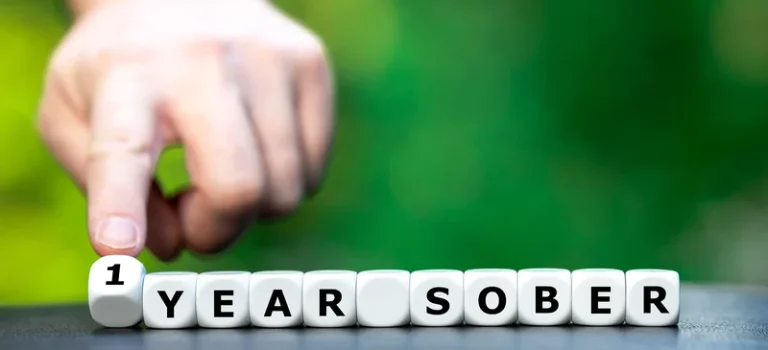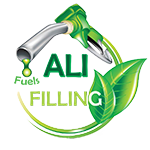
In some cases, we may know someone who was struggling with addiction and sought recovery. However, they now seem to be dealing with dry drunk syndrome. If you think this is a possibility, perhaps it is time to stage an intervention. We at the Discovery Institute want to help you be properly equipped to help your loved one. That is why we have compiled an intervention guide for you to use.
- It’s typically someone who exhibits the drinking patterns of an alcoholic, but they can still recognize the consequences of their actions.
- Chronic drinkers are more liable to contract diseases like pneumonia and tuberculosis than moderate drinkers.
- Today’s sober-curious, by contrast, post on Instagram about how Dry January has reduced their inflammation, sharpened their jawline, and improved their sleep score.
- Alcohol attitudes are not necessarily partisan, said Jason Taylor, an economic historian at Central Michigan University.
How Do I Know if I’m a Dry Drunk?

Removing chemicals from the body is certainly the first step what is alcoholism but it doesn’t fix years of maladjustment to life. However, the idea behind the Addicted-Self Model is that alcoholism, like many other diseases, is a physical ailment—one that there is no cure for, only treatments that can help alleviate the symptoms. And one of those treatments is to simply (or not so simply) avoid consuming alcohol or whatever substance is the object of the addiction.
Fox News Health

If in doubt, be that person, say those words, and act from a place of love and compassion. History and current activities; sharing from groups, service committees, and individual A.A. You can just https://ecosoberhouse.com/ sit and listen and learn more about recovery, or you can share about your situation. Blacking out from drinking too much is a warning sign of this stage, along with lying about drinking, drinking excessively, and thinking obsessively about drinking.
Set clear goals and track patterns
- These sober alcoholics have loved ones who wake up every day, filled with gratitude that recovery is possible.
- Although I have not drunk alcohol in two decades, images and sensations of the experience are one thought away.
- Although previous studies suggested drinking small amounts of alcohol might reduce the risk of certain strokes, the report found those benefits disappear with just two drinks per day.
If PAWS is severe or if you’re experiencing prolonged symptoms, a medical professional can help you work through them and remain in recovery without relapse. The symptoms involved in PAWS can be a barrier to recovery if you’re not careful. In addition to being able to recognize them, it’s important to know when to seek help. Your data will be processed in accordance with our Privacy Policy and Terms of Service.

Digital Health and Wearable Devices
The most destructive form of alcoholism is chronic alcoholism, an emotionally, socially and physically devastating disease. Alcoholism emerges from alcohol abuse, when there’s a pattern of drinking despite negative consequences. Alcoholism and alcohol abuse are both categorized as alcohol use disorders—affecting people of all ages and stages of life. The severity of the disorder lies on a spectrum, ranging from mild to severe dependence, also known as chronic alcoholism (although even a mild disorder can spiral out of control without early treatment). If you are sober and feeling fulfilled and happy, preventing dry drunk syndrome involves continuing to engage in a daily routine of recovery.
- We may empty bottles and hide them in hopes that the alcoholic will stop.
- After tracking when, where and how much you drink, it may become clear what triggers you to drink.
- Know that the alcoholic is not living this way to hurt you, and know that in their haze, they still believe they are the person you remember them to be.
- “It probably varies between individuals, and there are a multitude of factors which contribute, including age and underlying medical conditions,” Rieder says.
- Some people may find that wearable devices and smartphone apps can support their recovery from alcohol use disorder.
Not only do they have their loved one back, but chances are they got a new and improved version. The best chance of sobriety is when the desire to stop comes from within the addict. Chances are, if you are sick and tired of their drinking, they probably are too and that becomes the beginning of the end for the addict. PAWS is not in the DSM-5, primarily due to a lack of consensus among the mental health treatment community on reasons recovering addicts experience this condition. However, for the people who have been through post-acute withdrawal, it is a genuine health concern. PAWS is one leading explanation for sober alcoholic behavior, as some people undergoing post-acute withdrawal will try almost anything to find relief from their discomfort.

The disease of addiction is a disease that affects the mind, body, and spirit. The addicted mind tells the alcoholic that they can control their drinking. “You can just have a few and stop,” lies the addicted mind, and the alcoholic believes it. Believing the lies of one’s own mind is central to the addiction. Meanwhile, the addicted body screams out its need for alcohol. There are factors that pop up again and again when determining who might have an issue with alcoholism.

Early withdrawal symptoms include headaches, anxiety, nausea, irritability and shaking. Cirrhosis of the liverOur liver filters out harmful substances, cleans our blood, stores energy and aids in digestion. Too much alcohol can be toxic sober alcoholic to liver cells, causing dehydration and permanent scarring—which ultimately affects the blood flow. With excessive alcohol consumption, this important organ can’t metabolize Vitamin D, which could develop into a deficiency. Some common signs and symptoms of cirrhosis include fatigue, itchy skin, weight loss, nausea, yellow eyes and skin, abdominal pain and swelling or bruising.
- By:admin
- 0 comment

Leave a Reply